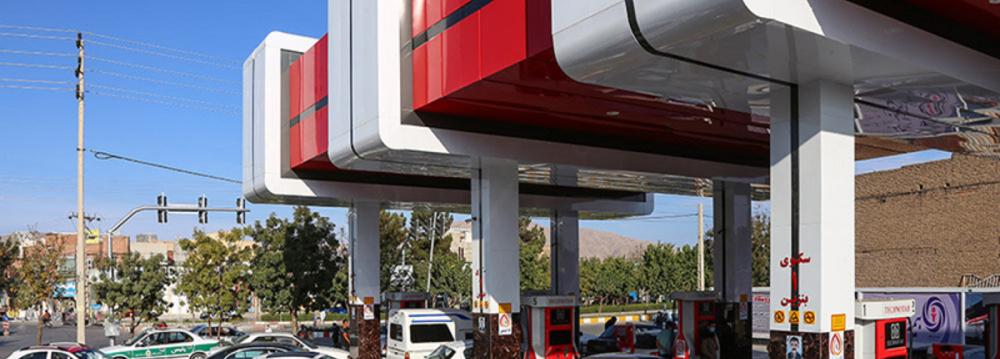Although gasoline production has increased by 6.5% since March 2022, consumption has risen by 3.5 times, the head of the National Iranian Oil Products Distribution Company, a subsidiary of the National Iranian Oil Company, said.
“Close to 116 million liters of gasoline were burnt on Dec. 24, which was unprecedented for the cold season as such a massive consumption is usually witnessed in Norouz [Iranian New Year] holidays when most Iranian families go on a trip,” ILNA quoted Ali Akbar Nejad-Ali as saying.
Average daily gasoline consumption has reached 111 million liters per day over the last two weeks, up 16% compared with the same period of a year ago, he added.
The official said consumption is growing at an unbelievable speed and current figures are a cause for concern as output is lagging behind demand.
“Demand has already surpassed supply as NIOPDC’s maximum production capacity will not exceed 105 ml/d even if all refineries function at full capacity,” he added, noting that the firm will have to tap into the strategic gasoline reserves.
The official noted that Iran’s strategic gasoline reserves hold 4 billion liters.
“Consumption is expected to surpass 125 ml/d in March when the Iranian New Year starts in March and a large number of families embark on holiday trips,” he said.
Referring to alternatives for curtailing rising gasoline consumption and avoiding imports, Nejad-Ali said, “Pinning hope on automakers to manufacture energy-efficient cars has been an exercise in futility. They have shown utter negligence and indifference when it comes to producing vehicles whose mileage complies with global norms [of less than 6 liters/100 km].”
Transportation Fleet
Close to 800,000 new low-quality cars are added to Iran’s transportation fleet annually, while old gas guzzlers are not sent to the junkyard.
According to Hashem Oraee, the head of Iran Energy Association and a professor at the Sharif University of Technology, the most feasible alternative to curb consumption is to accelerate the nationwide plan to convert 1.4 million gasoline-powered public transportation and commercial vehicles to compressed natural gas hybrids, which was launched in 2019.
“It is regrettable that despite its long-term financial and environmental benefits, the CNG conversion venture is moving at a snail’s pace,” he said.
Ali Mahmoudian, the head of the Alternative Fuels Union, said as per the long-heralded scheme, at least 1 million gas-guzzlers should have been overhauled by now, but the figure has not exceeded 200,000.
“Even at this pace, the scheme has helped cut gasoline use by almost 1.5 million liters per day and if the government wanted to import the same volume, it would have to spend $500 million per day,” he added.
The official noted that if the project was implemented as scheduled, it could have saved close to 12 million liters of gasoline per day, which is equal to the daily output of Tehran, Shiraz, Lavan, Tabriz and Kermanshah refineries.
Mahmoudian said importing that amount of fuel [12 million liters] would cost NIOC about $6.5 billion per year.
The average international price of gasoline is $1.5 per liter.
After the plan was approved by the Economic Council in 2019, NIOC started to equip CNG centers with the necessary kits and tanks. The retrofitting process made progress in the first two years but has stumbled in the last 12 months, due largely to economic constraints and the steep fluctuations in forex rates.


